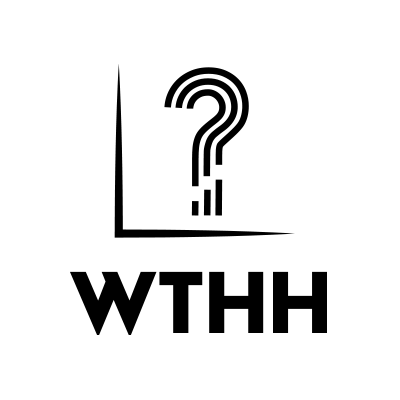People Of Color Are Mobilized In 2018
By Jaya Khetarpal and Katie Windham
Even as America becomes more ethnically diverse, people of color remain underrepresented in our government. This is partly because people of color vote at significantly lower rates than whites, even though people of color are an increasingly large part of the electorate. This trend is especially pronounced in midterm elections. Since people of color consistently lean Democratic, this often gives Republicans an edge. In 2018, the question of whether or not people of color turn out to vote is likely to determine several key races, and perhaps even control of Congress. Candidates such as Stacy Abrams (GA-Gov), Beto O’Rourke (TX-Sen), and Gina Ortiz Jones (TX-23) have prioritized outreach to communities of color and are relying on historically high turnout to lead them to victory.
From October 24th to October 25th, we conducted a survey of 1,215 voting-age Americans to determine whether turnout rates among people of color will be higher than in previous midterm elections and to learn what factors influence people of color’s decision to vote or to stay home.
There is reason to hope people of color will vote at higher rates this year than they have in previous midterms. In our survey, we found that people of color were about 4 percentage points more likely to say they have already voted or are extremely likely to vote this cycle than to say they voted in 2014.
The change was largely driven by Hispanics and Asians, with their predicted turnout increasing 18 percent and 27 percent, respectively. On the other hand, African-Americans and whites did not see statistically significant changes compared to their 2014 turnout rates.
Overall, our survey finds that while turnout rates among people of color will probably be slightly lower than white turnout in 2018, the gap between whites and voters of color will be narrower than it was in 2014. Black and Hispanic turnout will be close to white turnout, with Asian turnout about 20 percentage points behind.
There are several potential reasons for this increase in turnout among people of color. First, a record number of people of color are running for office this year. This increase in descriptive representation might have coupled with candidates’ outreach to communities of color to improve minorities’ political efficacy. For example, though Beto O’Rourke is not himself Hispanic himself, he has prioritized outreach to Hispanic voters, airing ads in Spanish and focusing on issues pertinent to the Latinx community. Finally, it is likely that people of color have been inspired to vote by the national political climate and the president’s racially charged rhetoric.
With the 2018 midterm elections tomorrow, our survey suggests that there will be increased turnout among people of color, which could help Democrats secure governorships in predominantly red states, take back the House, and maybe even obtain a majority in the Senate. After the election, we hope to compare our current data to actual turnout data in order to evaluate the accuracy of our survey predictions and the factors that contributed to this rise in turnout among people of color.
Jaya Khetarpal and Katie Windham are seniors at Tufts University.
This survey was created by PS119: Polling in the 2018 Midterms at Tufts University, taught by Professor Brian Schaffner. It is based on an opt-in sample (provided by Lucid) of 1,215 American adults. Data are weighted to be nationally representative on age, gender, race, education, and region.



